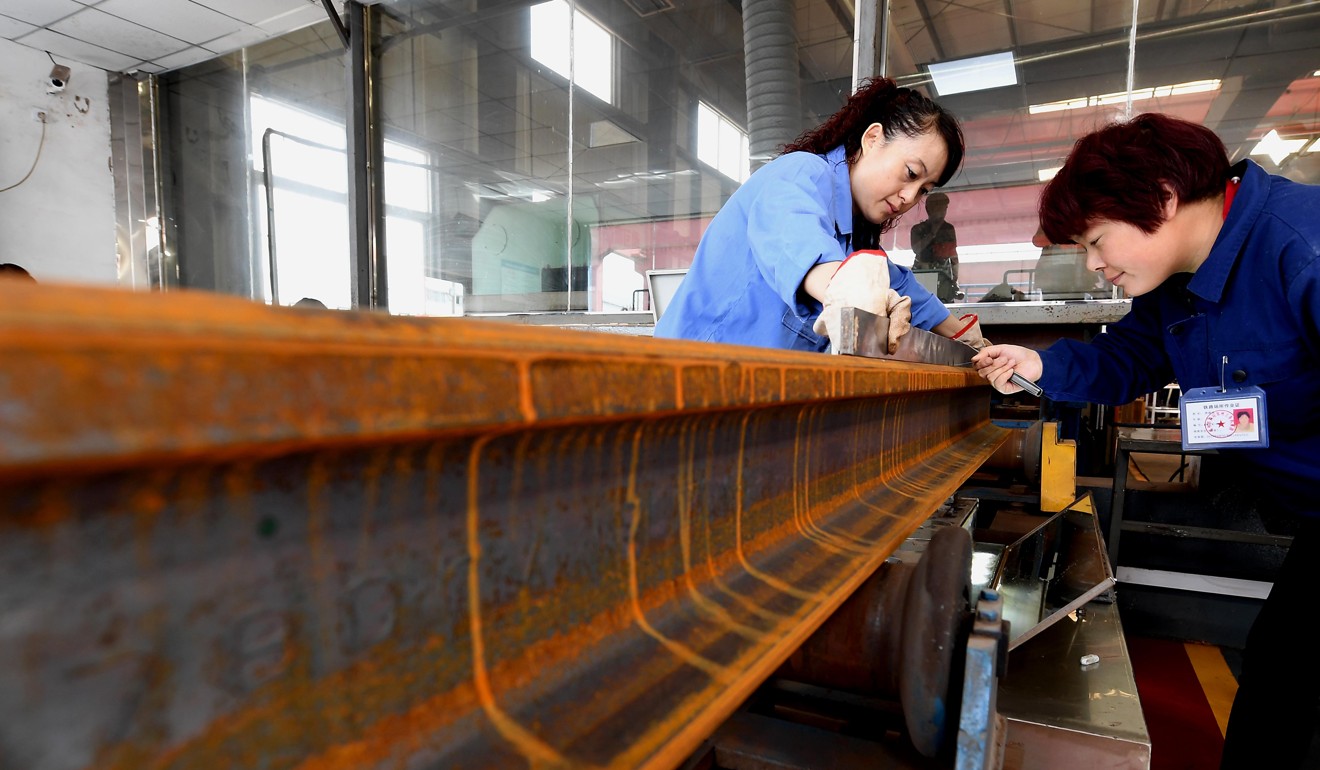
China serious in slashing steel capacity but excess production still coming down the road
Cutting capacity does not mean lower steel production for China
China is serious about cutting millions of tonnes of excess steel capacity but that will not mean lower production, particularly in the next few quarters, the head of the European Union steel body Eurofer said on Wednesday.
China pledged early last year to cut 150 million tonnes of excess capacity by 2020. The move, along with rising steel trade barriers and an infrastructure spending splurge by Beijing, helped global steel prices surge 45 per cent since December 2015.
But Chinese steel prices have slipped in recent weeks on concerns about a slowdown in construction and infrastructure projects.
“I think the Chinese government has a genuine goal of reducing capacity because they subsidise it, its costing them lots of money ... but cutting capacity doesn’t mean you cut production,” Eurofer president Geert Van Poelvoorde said.
“There will be in the next quarters more overproduction in China,” he told the European Steel Day conference in Brussels.

Output in China, which accounts for half of global steel production, rose 4.6 per cent in the first quarter to 201.1 million tonnes, after a 1.2 per cent increase to 808.4 million tonnes last year.
However, Chinese steelmaking capacity has fallen. China, which holds nearly half the world’s 800 million tonnes of spare capacity, cut 65 million tonnes of capacity in 2016 and aims to cut another 50 million tonnes this year.
China’s cuts last year, part of a crackdown on polluting industries, mostly involved idled plants. Closing other plants may be more difficult because of the risk of social unrest as jobs are lost in the labour intensive steel industry.
“China is complex, most plants are in the provinces. When the central government decides something, it doesn’t mean the provinces execute it,” said Van Poelvoorde, who is also CEO of ArcelorMittal Europe Flat Steel Products.
“It’s not so easy to implement and what they (will) manage to do is not so clear,” he said.
In addition, he said China’s cuts might not be enough to balance an oversupplied market as Iran and Russia, amongst others, have added new capacity beyond their domestic needs. “They’ll start to export much more, so for sure China’s cuts won’t be enough,” he said.
A report by the Organisation for Economic Cooperation and Development (OECD) said global steel capacity rose 1.4 per cent in 2016 to 2.39 billion tonnes.
Iran has 19 projects planed between now and 2019 that will expand capacity by almost 24 million tonnes, adding to existing estimated capacity of 28 million tonnes now, the OECD said.

